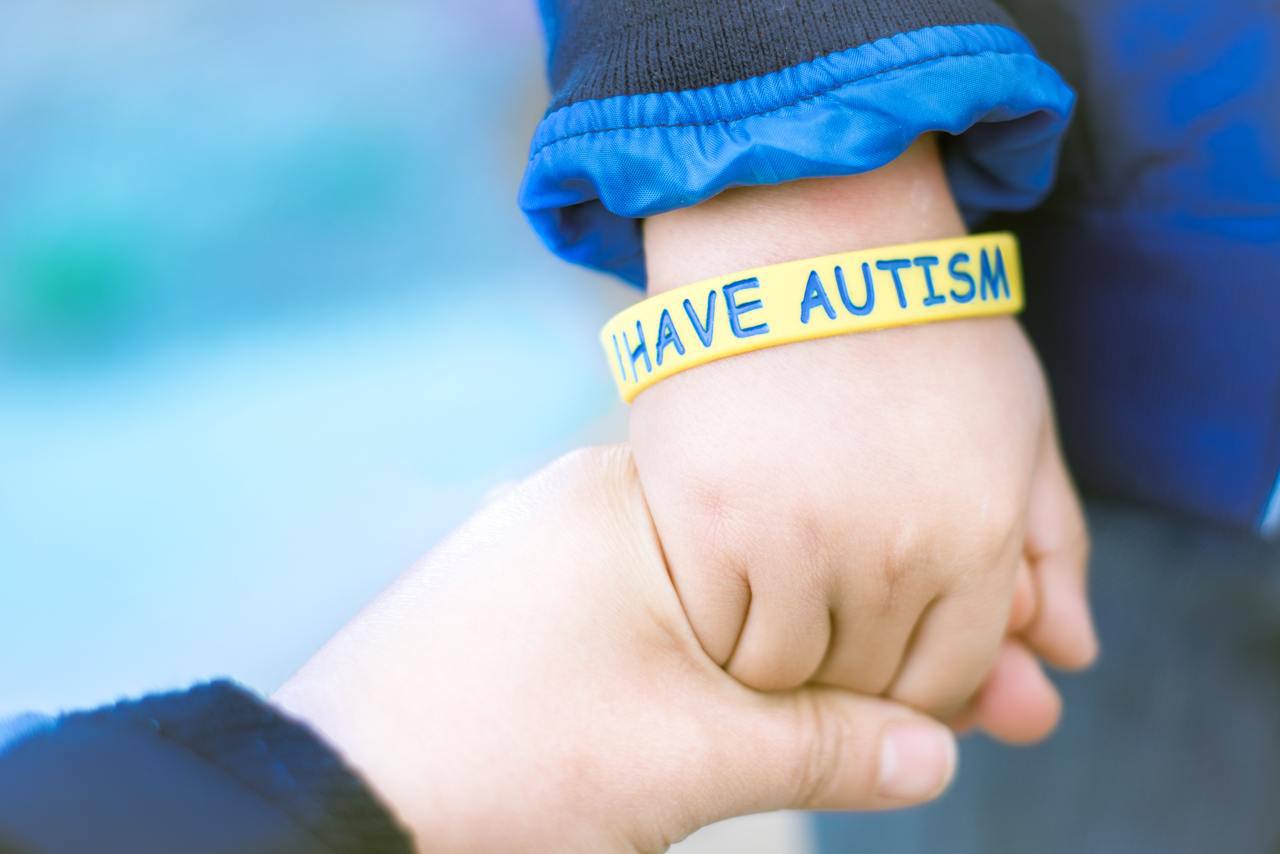If you’re a parent concerned about your child’s development, you may have heard the phrase “early intervention.” But what does it really mean—and why is it so important?
At Bloom ABA Center, we specialize in early intervention ABA therapy for families in Fairfax and surrounding areas. We’ve seen first-hand how starting therapy early can transform a child’s communication, confidence, and daily life. Early action doesn’t mean panic—it means empowerment.
What is Early Intervention ABA Therapy?
Early intervention refers to support and therapy services provided to young children—typically between birth and age 5—who show signs of developmental delays or behavioral challenges (CDC, 2022). This period is often referred to as the most critical window for brain development, when young children are rapidly learning how to think, speak, socialize, and self-regulate.
For children with autism, early signs may appear as:
- Limited or inconsistent eye contact
- Not responding to their name being called
- Delayed speech or lack of gestures
- Repetitive behaviors like rocking, spinning, or lining up objects
- Trouble with changes in routine or transitions
- Lack of interest in social interaction or pretend play
Some children may show just one of these signs. Others may seem to meet some milestones but struggle in specific areas like social connection or emotional regulation. That’s why early screening and support is so important.

Why Early ABA Therapy Works
ABA therapy, or Applied Behavior Analysis, is an evidence-based approach that helps children learn new skills by breaking them down into small, achievable steps. For toddlers and preschoolers, ABA focuses on language, play, social interaction, and independence—the exact skills developing most rapidly at this age.
According to research, starting ABA therapy early can:
- Improve communication and social responsiveness (Smith, 2010)
- Reduce challenging behaviors before they become harder to change (Reichow et al., 2018)
- Build strong learning habits that help with school readiness
- Increase self-help abilities like dressing, eating, and toileting
- Promote more confident, positive parent–child interactions
ABA therapy works best when it’s consistent, fun, and aligned with the child’s natural interests. The earlier these habits begin, the easier they are to build and maintain.
What to Do If You’re Unsure About Development?
Many parents hesitate to act because they don’t want to “jump the gun.” But here’s the truth: You don’t need a formal diagnosis to ask questions—or to get help.
If something feels different about your child’s development, it’s always okay to explore. Early intervention doesn’t mean something is wrong. It means giving your child—and yourself—more tools, more information, and more support.
Early action:
- Reduces stress by answering your questions
- Helps you feel more equipped as a parent
- Gives your child a head start if therapy is needed
- Never limits future options—if anything, it expands them
And best of all? If your child is simply developing on their own timeline, you’ve lost nothing by checking in.
In-Home ABA for Early Learners
At Bloom ABA Center, we provide in-home ABA therapy for toddlers and young children across:
- Fairfax
- Arlington
- Vienna
- Alexandria
- Annandale
- Springfield
- And surrounding areas
Our programs are designed to meet your child where they are—both literally and developmentally. In-home sessions allow our therapists to observe and teach during real-life moments: during snack time, getting dressed, playing with siblings, or learning bedtime routines. These familiar settings help children feel secure and increase generalization of new skills.
In-home therapy also allows for closer parent involvement, so you can ask questions, observe techniques, and become more confident supporting your child outside of sessions.

You Don’t Need to Wait
You don’t need a diagnosis to begin ABA therapy. In fact, starting early—even while you’re waiting for a diagnosis—can lead to better outcomes (National Research Council, 2001). If you’re noticing signs or feeling unsure, you’re not overreacting. You’re being proactive.
At Bloom, we walk families through every step:
- Initial concerns or screening
- Insurance and eligibility guidance
- Personalized therapy plans tailored to your child’s strengths
Our team understands how emotional and confusing this stage can be. You don’t have to figure it out alone.
Ready to Get Started?
If you’ve been searching for early intervention ABA therapy near me, you’re in the right place. At Bloom ABA Center, we specialize in supporting toddlers and preschoolers with compassionate, effective, in-home therapy designed to meet the moment.
Bloom ABA Center offers both in-home and center-based ABA therapy designed to meet each child’s needs in the environment where they learn best. We proudly serve families with no waitlists, accept most Medicaid plans, and provide care supervised by BCBAs with 15+ years of experience. Whether your child is just beginning services or transitioning from another provider, we make starting therapy simple, supportive, and accessible.
Contact us today to schedule a free consultation and learn how we can support your child’s development—from the very beginning.
Bloom ABA Center – In-Home and Center-Based ABA Therapy for Toddlers and Preschoolers in Northern Virginia
Disclaimer: This article is for informational purposes only and does not constitute medical, diagnostic, or legal advice. Please consult with licensed professionals for personalized recommendations.
References
Centers for Disease Control and Prevention. (2022). Developmental monitoring and screening for health professionals. https://www.cdc.gov/ncbddd/childdevelopment/screening-hcp.html
National Research Council. (2001). Educating children with autism. National Academy Press.
Reichow, B., Hume, K., Barton, E. E., & Boyd, B. A. (2018). Early intensive behavioral intervention (EIBI) for young children with autism spectrum disorders (ASD). Cochrane Database of Systematic Reviews, (5).
Smith, T. (2010). Early and intensive behavioral intervention in autism. Behavior Modification, 34(5), 585–602.









submit a comment